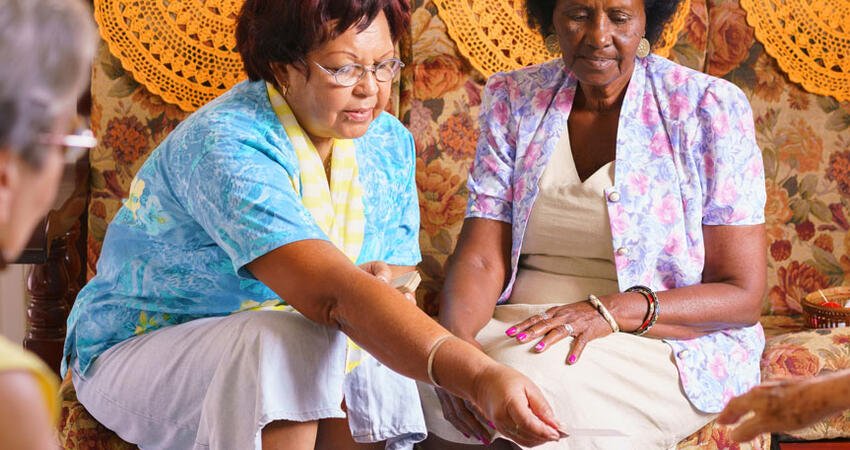
Providing Housing and Increasing Wellness and Quality of Life
by Maya Brennan
What makes a long and good life? According to research by the Stanford Center on Longevity, the recipe broadly fits into three areas: healthy living, financial security, and social engagement. An earlier article clarified how housing policies and programs can lay the groundwork for people of all ages and incomes to improve their likelihood of having successful senior years. This follow-up article will look at how an emphasis on quality longevity works in practice.
The most basic tool for allowing equitable access to a long and good life is housing policy. When people of all incomes can access a stable, decent, and affordable home, they do not face food insecurity or delayed health care. They can afford to save for a rainy day. They will not see their relationships uprooted by unwanted moves. With a focus on residents’ holistic needs, housing can do even more.
Senior housing providers have been at the forefront of designing and delivering programs that address residents’ housing needs and the need for a healthy and engaged life. The approach of Lutheran Senior Services (LSS), a nonprofit based in Missouri, shows how a person-focused mission allows holistic programs to improve quality of life.
LSS has approximately 800 residents in its 10 affordable housing communities. A program called Project Wellness connects these residents with nursing services, health-monitoring kiosks, exercise programs, and wellness classes. Service coordinators host health fairs and facilitate self-management programs for residents with diabetes or other chronic diseases. More than 500 residents use the kiosks, which monitor and track pulse, blood pressure, weight, and other health indicators, on at least a monthly basis. “In no fewer than 120 occasions, we have caught something before it became critical,” says Susan Hutchinson, executive director of affordable housing for LSS. “We are not just providing housing; we are providing life for these folks.”
Service coordinators screen residents annually or upon discharge from a hospital visit. The screening results enable residents to age in place longer while identifying residents who can no longer remain independent and refering them and their families to assisted living. “If you want to get it down to dollars and cents, it is cheaper for you to pay me to put in the services to keep them at home than it is for Medicaid to pay for an assisted living room when they don’t need it,” says Hutchinson.
Internal collaboration between LSS’s programs, including continuing care retirement communities (CCRCs) that provide housing at market rates, has allowed LSS to avoid inefficiencies and share knowledge across programs. For example, wellness nurses in the affordable housing developments are managed not by the affordable housing division, which would have a steep learning curve, but the home and community services team. Similarly, the CCRCs and affordable housing programs have learned from each other. The wellness programs offered in affordable housing have informed programs at the CCRCs, and the activity directors in the CCRCs have offered guidance on resident engagement for the affordable housing developments.
“We try to keep people well, active, and socially engaged as long as we can—regardless of the level of care they may be in. This holds true for low-income older adults in our affordable housing programs as well as those in our continuing care retirement communities, hospice, or other home- and community-based service programs,” notes Hutchinson.
The ongoing challenge, though, is funding. For the affordable housing population, services need to be offered at little to no cost, but the resources to do that are by no means guaranteed.
“I have been in the affordable housing industry for 35 years. I have seen a lot of changes over the years,” says Hutchinson. “It is getting harder and harder to do good work because good work costs money and the money is not there.” The shortage of funds for senior affordable housing and supportive services has meant that service-enriched housing providers have become more resourceful to keep their programs afloat.
“We will never stop doing what we are doing because it is the right thing to do.”


